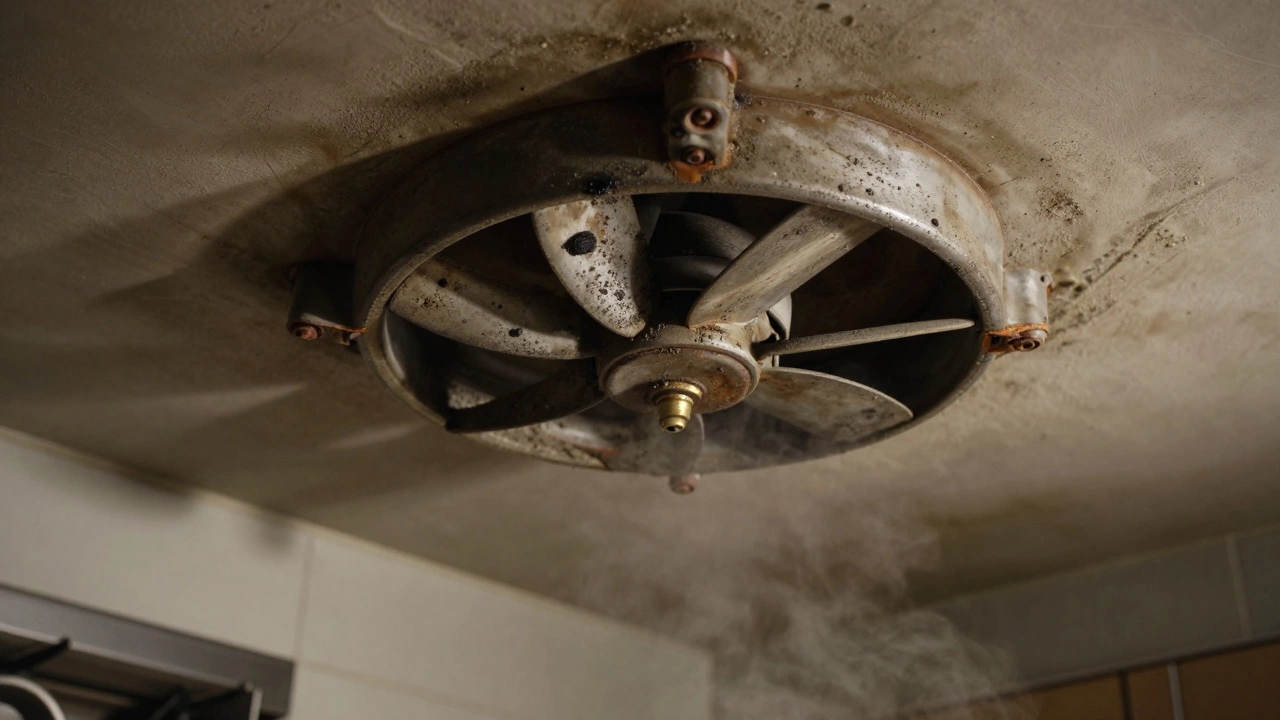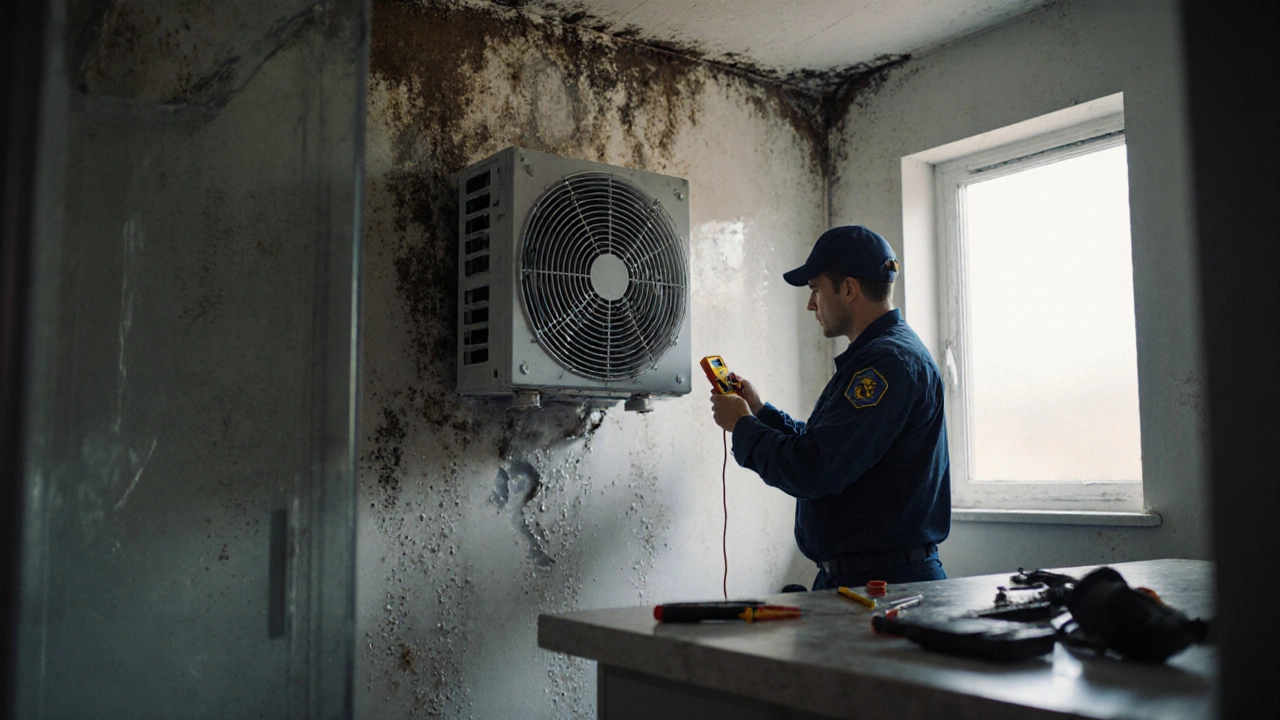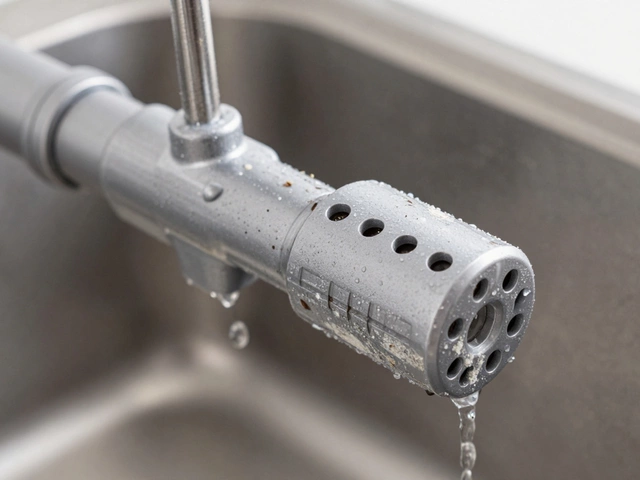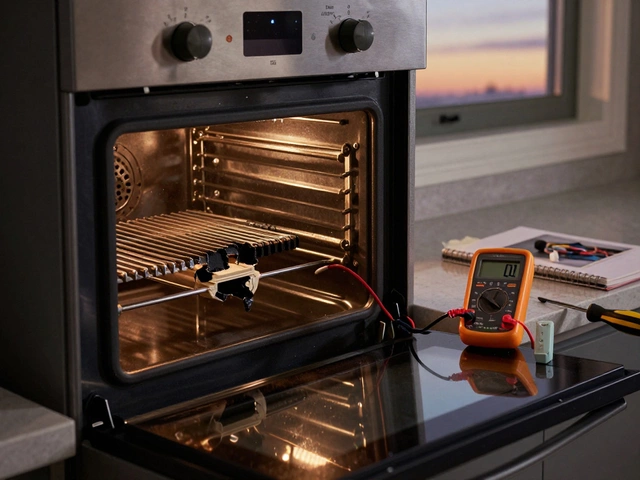Bathroom Extractor Fan: How to Choose the Right One for Your Home
When working with Bathroom Extractor Fan, a compact ventilation device that pulls moist air out of a bathroom. Also known as bathroom ventilation fan, it keeps walls dry, stops mould and reduces lingering smells.
One of the first things to look at is Airflow (CFM), the volume of air the fan moves per minute. A higher CFM rating means the fan can clear humidity faster, which is crucial in larger bathrooms or spaces with a bathtub. The rule of thumb is to aim for at least 1 CFM per square foot of floor area, but you’ll see many experts recommend 1.5 CFM per square foot when a shower is used daily.
Next up is Noise Level (dB), the sound the fan makes while operating. Nobody wants a fan that sounds like a jet engine during a relaxing bath. Look for fans rated below 30 dB for a whisper‑quiet experience, and remember that duct length and bends can add a few decibels, so choose a slightly quieter model if your duct run is long.
Key Factors to Consider When Picking a Fan
The type of fan you install matters just as much as its specs. Fan Types, including ceiling‑mounted, wall‑mounted, and inline units, each have pros and cons. Ceiling‑mounted fans blend into the room and often have better airflow, but they need a sturdy mounting point. Wall‑mounted models are easier to service and usually cheaper, while inline fans sit in the ductwork and are virtually silent in the bathroom.
Vent ducts themselves are an overlooked piece of the puzzle. A smooth, correctly sized duct prevents air resistance and keeps noise down. If you’re retrofitting an older house, you might have to upgrade the duct diameter to match the fan’s CFM rating; otherwise the fan will struggle, and you’ll lose efficiency.
Maintenance shouldn't be an afterthought. Most fans have a removable grille that you can clean every few months. A build‑up of dust or soap scum cuts airflow and can increase noise. Some modern units even have self‑cleaning coatings, but a quick wipe with a damp cloth works just as well for basic models.
Finally, think about control options. Switches are the norm, but you can also find fans with humidity sensors, timers, or even Bluetooth integration that lets you turn the fan on from your phone. A sensor‑triggered fan only runs when needed, saving energy and extending the unit’s life.
All these pieces—airflow, noise level, fan type, ductwork, upkeep, and controls—fit together to give you a bathroom that stays fresh without a constant hum. Below, you’ll find articles that dive deeper into each of these topics, from buying guides to troubleshooting tips, so you can pick the perfect fan and keep it running smoothly for years to come.
Extractor fans typically last 10-15 years with regular cleaning, but in high-humidity areas like Auckland, they may need replacing sooner. Watch for noise, poor airflow, or mold as signs it’s time for a new one.
When your extractor fan stops working, knowing who to call can save you from mold, damage, and costly mistakes. Learn who’s qualified to replace it and what to watch out for.
Wondering who fixes a bathroom extractor fan? Find out if you need a specialist, typical costs, and what you can try before calling the pros.
Swapping out a bathroom extractor fan sounds simple, but is it really a quick job? This guide looks at how tricky it is to replace one yourself and when it's better to call in the pros. You'll get practical pointers on safety, tools, and avoiding common mistakes. Expect step-by-step advice and real-world tips that make the process smoother, not scarier. If your bathroom has seen one too many fogged-up mirrors or funky smells, this is for you.





